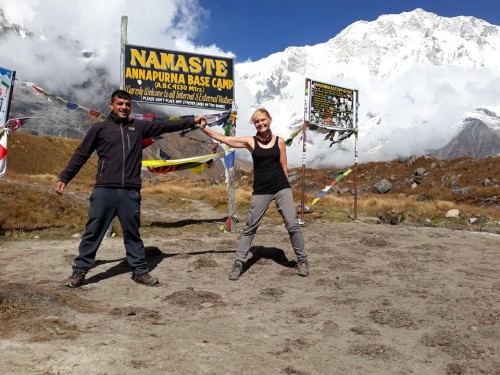Complete Guide to Annapurna Base Camp Trek
7th Mar, 2020

The Annapurna Base Camp Trek is one of Nepal’s most popular and scenic trekking adventures, offering stunning views of Annapurna I, Machapuchare, and other Himalayan peaks. This complete guide covers everything you need to know, including a day-by-day itinerary, estimated cost, ideal trekking time, difficulty level, and essential preparation tips. Whether you're a first-time trekker or a seasoned adventurer, this guide will help you plan a safe, rewarding, and unforgettable journey to the heart of the Annapurna region.
Table of Contents
Quick Overview
Trip Name: Annapurna Base Camp Trek
Duration: 13 Days
Maximum Altitude: 4130 Meters
Accommodations: Teahouse
Walking hours a day: 5 to 8 hours
Best Time: Mar to May & Sep to Dec
Trip Summary
If you are planning a trek to Annapurna Base Camp, it is necessary to know The Complete Guide for Annapurna Base Camp trek to make a smoother and more comfortable journey. Annapurna Base Camp lies in the lap of the massive Mount Annapurna (8,091 meters) and is one of the most famous trekking destinations in the Annapurna Region of Nepal, accessible through Pokhara city.
The Annapurna Conservation Area is famous for its majestic mountains, picturesque landscapes, rich cultural experiences, and diverse flora and fauna. In addition to the Annapurna Base Camp Trek, the region boasts various other beautiful destinations such as the Annapurna Circuit Trek, Mardi Himal Trek, Ghorepani Poonhill Trek, and many more, all trekking destination offering stunning natural beauty.
The Annapurna Base Camp Trek is a popular choice for travelers worldwide. This journey commences and concludes in Pokhara, a charming city that provides ample opportunities for adventure activities such as paragliding, bungee jumping, and ultralight flights, alongside trekking and hiking.
The trekking trails to Annapurna Base Camp wind through picturesque Gurung and Magar villages, offering insights into their unique cultures and lifestyles. You'll traverse enchanting terraced rice fields, verdant Rhododendron, oak, and bamboo forests, all against the backdrop of breathtaking mountain scenery.
Annapurna Base Camp Trek is an ideal choice for those seeking to immerse themselves in the Nepalese culture and lifestyle of the Himalayan and hilly regions, while marveling at the awe-inspiring beauty of the mountains.
Annapurna Base Camp Location
The Annapurna Base Camp (ABC) is situated in the heart of the Annapurna Sanctuary and lap of the Massif Annapurna first (8091 meters), which lies in the north- central part of Nepal's Himalayas in Annapurna Conservation Area. Specifically, it is nestled at an altitude of around 4,130 meters (13,550 feet) above sea level and 40 km directly north from Pokhara City. The Annapurna Base Camp is a natural amphitheater surrounded by towering peaks, including Annapurna I (8,091 meters) and Machapuchare (6,993 meters).
How to get Annapurna Base Camp
If you are considering a trip to Annapurna Base Camp from Kathmandu, here is some information to help you plan your journey. To reach Annapurna Base Camp (ABC), you typically start your journey from Pokhara, Nepal. It takes approximately 6-7 days to reach ABC from there. Pokhara is one of the best and most popular tourist cities in Nepal, accessible by air or land from Kathmandu. Located in the western part, it is about 200 km away from Kathmandu and serves as the gateway to the Annapurna Region Trekking.
Trekking itineraries are usually flexible due to the various starting and ending points, so the duration may vary slightly. Generally, you will take a private vehicle along the Pokhara-Baglung road for about one and a half hours to Nayapul. From there, you will trek to Ghandruk, which is the largest Gurung village in the region, and spend the first night of the trek there. Over the next few days, you will proceed to Annapurna Base Camp through Chomrong, Dovan, Deurali, and Machapuchre Base Camp. Annapurna Base Camp offers breathtaking panoramic views of the surrounding mountains.

Annapurna Base Camp Trek Highlights
Spectacular Mountain Views: The trek offers breathtaking views of the Annapurna Massif, including Annapurna I (8,091 meters), Annapurna South (7,219 meters), Machapuchare (Fish Tail) (6,993 meters), and other surrounding peaks. Watching the sunrise over these majestic mountains from viewpoints like Poon Hill is an unforgettable experience.
Diverse Landscapes: The trail passes through diverse landscapes, from lush green forests with rhododendron, oak, and bamboo trees to high alpine meadows and barren rocky terrain as you ascend towards the base camp. You'll also encounter charming villages, terraced fields, and raging rivers along the way.
Rich Cultural Experience: Trekking through traditional Gurung and Magar villages allows you to experience the unique culture and hospitality of the local people. You'll have the opportunity to interact with villagers, visit ancient monasteries, and learn about their customs, traditions, and way of life.
Natural Hot Springs: After days of trekking, you can relax and refresh your tired muscles in natural hot springs at Jhinu Danda. Soaking in the warm waters surrounded by lush greenery and scenic views is a delightful experience.
Annapurna Sanctuary: The trek culminates at Annapurna Base Camp, nestled in a natural amphitheater surrounded by towering peaks. Walking into the sanctuary feels like stepping into a world of tranquility and awe-inspiring beauty, with panoramic views of snow-capped mountains in all directions.
Wildlife Sightings: The Annapurna region is home to diverse flora and fauna, including rare species like the snow leopard, Himalayan Thar, and various species of birds. Keep your eyes peeled for wildlife sightings along the trail, especially in the early mornings and evenings.
Annapurna Base Camp trek Itinerary
Day 1: Arrival in Kathmandu,
Day 2: Drive to Pokhara (850 m), 6/7 Hours
Day 3: Drive to Nayapul from Pokhara and trek to Hille (1,500 m) 2 hours drive and 3 hours walk
Day 4: Trekking to Ghorepani (2,820 m); 6 hours walk.
Day 5: Trek to Tadapani (2630 M) and up Poon Hill for sunrise views of Annapurna and Dhaulagiri Mountain; 6-7 hours walk.
Day 6: Trekking to Chomrong (2170 m) 4/ 5 hours walk.
Day 7: Trekking to Himalayan (2920 m) 5/6 hours walk.
Day 8: Trekking to Annapurna Base Camp (4120 m) 6/7 hours walk.
Day 9: Trekking back to Bamboo (2300 m) 6/7 hours walk.
Day 10: Trekking to Jhinu Dada (1780 m) 5/6 hours walk.
Day 11: Trekking to Nayapul and driving back to Pokhara. 5 hours walk and 2 hours drive. Overnight at Hotel
Day 12: Drive back to Kathmandu and transfer to Hotel
Day 13: Final departure to you Home
This above itinerary is just for the guidelines.

Annapurna Base Camp Trek Cost
The cost of trekking to Annapurna Base Camp in Nepal will be varying depending on various factors such as the trekking agency you chosen, duration of the trek, the route taken, the season, the services included, and whether you hire a guide or porter. Here is a rough breakdown of the costs to Annapurna Base Camp Trek.
Permit Fees:
- Annapurna Conservation Area Permit (ACAP) - NPR 3,000 (approx. $25 USD)
- Trekkers' Information Management System (TIMS) card - NPR 2,000 (approx. $16 USD)
Guide and Porter Fees (recommended for safety and convenience):
Guide: $20 to $30 per day
Porter: $18 to $25 per day
Accommodation:
Tea houses or lodges along the trekking route are ranging from $5 to $20 per night, depending on the season and location.
Food and Drinks:
- Meals cost is around $5 to $10 per meal, depending on the menu and location.
- Drinking water can cost around $1 to $ 4 per liter. It's recommended to bring water purification tablets or a water filter to save money on bottled water.
Transportation:
- Depending on where you start your trek, transportation costs to and from the trailhead will be varying. Following the above itinerary, start from Pokhara by taxi to Nayapul cost is $ $30 to $35 (the starting point of the trek)
Miscellaneous Expenses:
Additional expenses may include snacks, souvenirs, Internet, soft and hard drink, hot showers (where available), and charging electronic devices.
It's important to budget for unforeseen expenses and have some extra cash on hand. Keep in mind that prices are subject to change, and they vary depending on negotiation skills, the time of year, and the level of comfort and luxury you prefer during your trek. Normally, the total budget cost for Annapurna Base Camp Trekking can range from $700 to $1500 per person on above itinerary.
Best time for Annapurna Base Camp Trek
The best time for the Annapurna Base Camp Trek is generally during the spring (March to May) and autumn (September to November) seasons. During these times, the weather is usually clear with mild temperatures, making for perfect trekking conditions. Spring offers blooming rhododendron forests, while autumn provides stunning mountain views after the monsoon season.
Temperatures of the Annapurna Base Camp Trek
The temperature during the Annapurna Base Camp Trek will be varying depending on the season and altitude.
Spring (March to May): During this season, the temperatures are moderate and pleasant. Daytime temperatures at lower elevations can range from around 15°C to 25°C (59°F to 77°F). However, as you ascend higher, especially towards the base camp, temperatures can drop, with nighttime temperatures possibly falling below freezing.
Summer/Monsoon (June to August): This period brings heavy rainfall and can make trekking conditions challenging due to slippery trails and leeches. Daytime temperatures at lower elevations can still be warm, ranging from around 20°C to 30°C (68°F to 86°F). However, the higher you go, the cooler it gets, and rain gear is essential.
Autumn (September to November): This is one of the best times for the trek. The weather is clear, and temperatures are comfortable. Daytime temperatures at lower elevations range from around 15°C to 25°C (59°F to 77°F), while nighttime temperatures can drop, especially at higher elevations.
Winter (December to February): Winter brings cold temperatures, especially at higher elevations. Daytime temperatures at lower elevations can range from around 5°C to 15°C (41°F to 59°F), while nighttime temperatures drop significantly, often below freezing. Snowfall is common at higher elevations during this season.

Annapurna Base Camp Trek Difficulty
The difficulty of the Annapurna Base Camp Trek will be varying depending on factors such as your level of fitness, trekking experience, and the route you choose. Overall, it is considered to be a moderate trek, suitable for most people with a reasonable level of physical fitness.
The trek involves walking on varied terrain, including some steep ascents and descents, stone steps, and uneven trails. Altitude can also be a factor, as the Annapurna Base Camp sits at an elevation of about 4,130 meters (13,550 feet). It's important to acclimatize properly and take your time to avoid altitude sickness.
While the trek does require a level of physical stamina, it is not technically challenging, and no prior mountaineering experience is necessary. With proper preparation, including physical conditioning and acclimatization, many trekkers of all ages and abilities successfully complete the Annapurna Base Camp Trek.
Trekking gear for Annapurna Base Camp Trek
For the Annapurna Base Camp Trek, it's necessary to pack the right gear to ensure your safety and comfort throughout the journey. You have to pack light and only bring what you need, as you'll be carrying or porter carrying your gear throughout the trek. Additionally, consider the season and weather conditions when selecting your gear, and be prepared for sudden changes in weather, especially at higher altitudes. Finally, make sure your gear is in good condition and tested before starting the trek.
Here's a list of necessary trekking gear you should consider:
- Moisture-wicking base layers (tops and bottoms)
- Insulating layers (fleece jacket or down jacket)
- Waterproof and windproof jacket
- Waterproof and breathable trekking pants
- Thermal underwear (for colder seasons)
- Quick-drying trekking shirts (long-sleeve and short-sleeve)
- Warm hat and gloves
- Sun hat or cap
- Buff or scarf
- Spare socks (wool or synthetic)
- Gaiters (for snow or rain protection)
- Sturdy and comfortable trekking boots with ankle support
- Lightweight camp shoes or sandals
- Trekking poles (optional but highly recommended for stability)
- Sunglasses with UV protection
- Sunscreen (high SPF)
- Lip balm with SPF
- Headlamp or flashlight with extra batteries
- Water bottles or hydration system (at least 2 liters capacity)
- Personal first aid kit (including blister treatment, pain relievers, and any prescription medications)
- Hand sanitizer
- Trekking towel
- Multi-tool or knife
- Portable charger or solar charger
Are you interested on any of your travel serveices?
Make Inquiry NowRecent From Blog

15th Jun, 2023
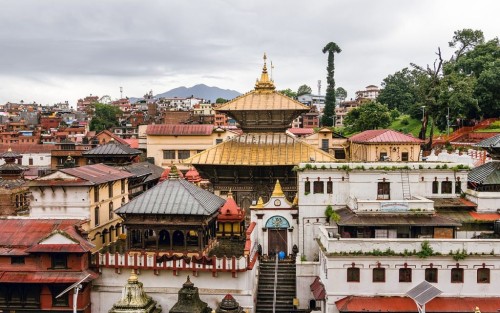
21st Feb, 2021

28th Feb, 2018

5th Sep, 2023

13th May, 2019
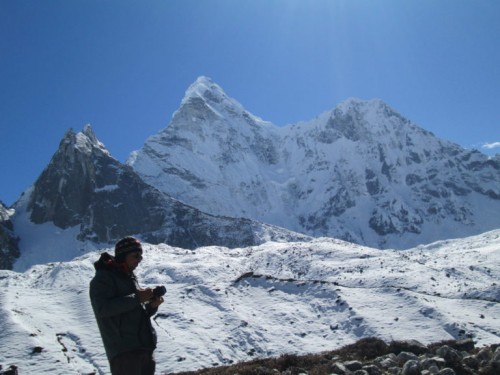
19th Feb, 2019

8th Feb, 2021
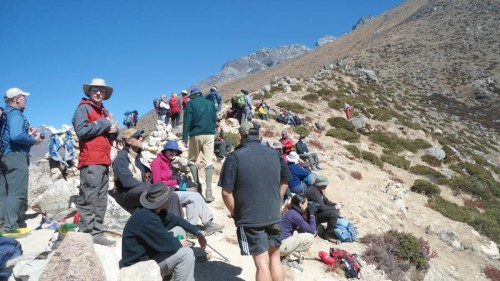
21st Jan, 2021

29th Jul, 2020
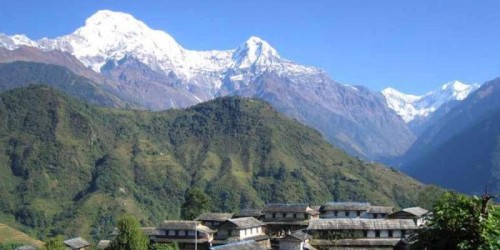
3rd May, 2019

30th Apr, 2020

3rd Apr, 2020

17th Jul, 2020
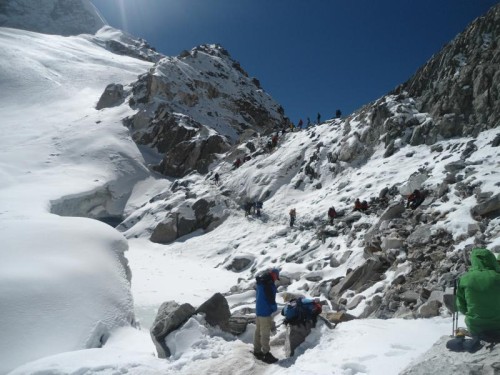
26th Mar, 2020
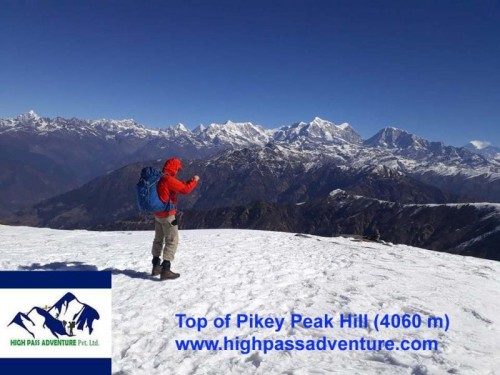
31st Mar, 2020

19th Jun, 2023
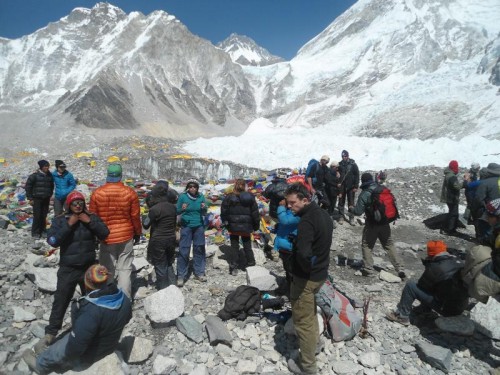
11th Feb, 2020
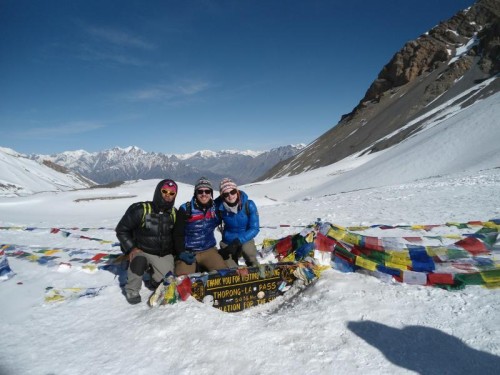
11th Mar, 2020

27th Sep, 2019

17th May, 2019

26th Jul, 2020

6th May, 2019
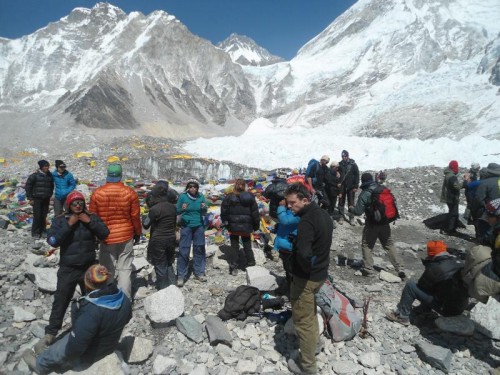
5th Mar, 2019
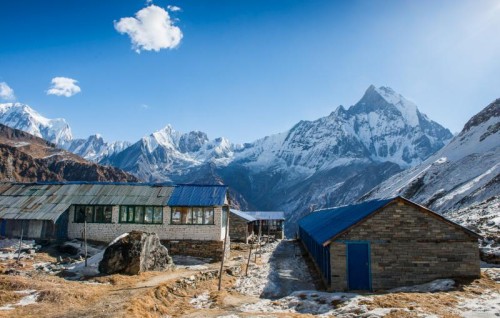
7th Mar, 2020

18th Feb, 2019

12th Sep, 2019

27th Mar, 2018

27th Mar, 2019

2nd Mar, 2019

16th Jan, 2019

1st Jul, 2023

5th Jul, 2023

5th Jul, 2023

5th Jul, 2023

5th Jul, 2023
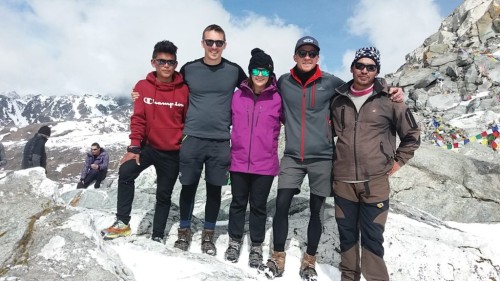
5th Dec, 2019

6th Jan, 2019
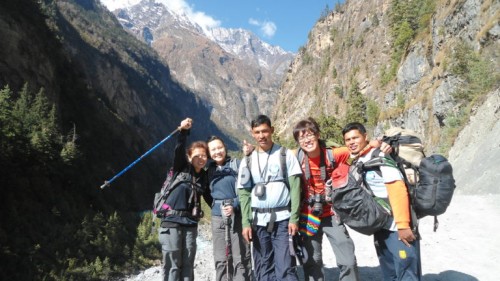
28th Feb, 2018

9th Dec, 2018

11th Dec, 2018

5th Oct, 2023

3rd Jan, 2024
.jpg)
27th Jan, 2024

29th Jan, 2024

19th Jan, 2025

7th Feb, 2025

17th Feb, 2025

9th Mar, 2025

15th Mar, 2025

18th Mar, 2025

23rd Mar, 2025

25th Mar, 2025

26th Mar, 2025

24th Apr, 2025

21st May, 2025

21st May, 2025

22nd Jun, 2025

22nd Jun, 2025

4th Jul, 2025

14th Jul, 2025

14th Sep, 2025



